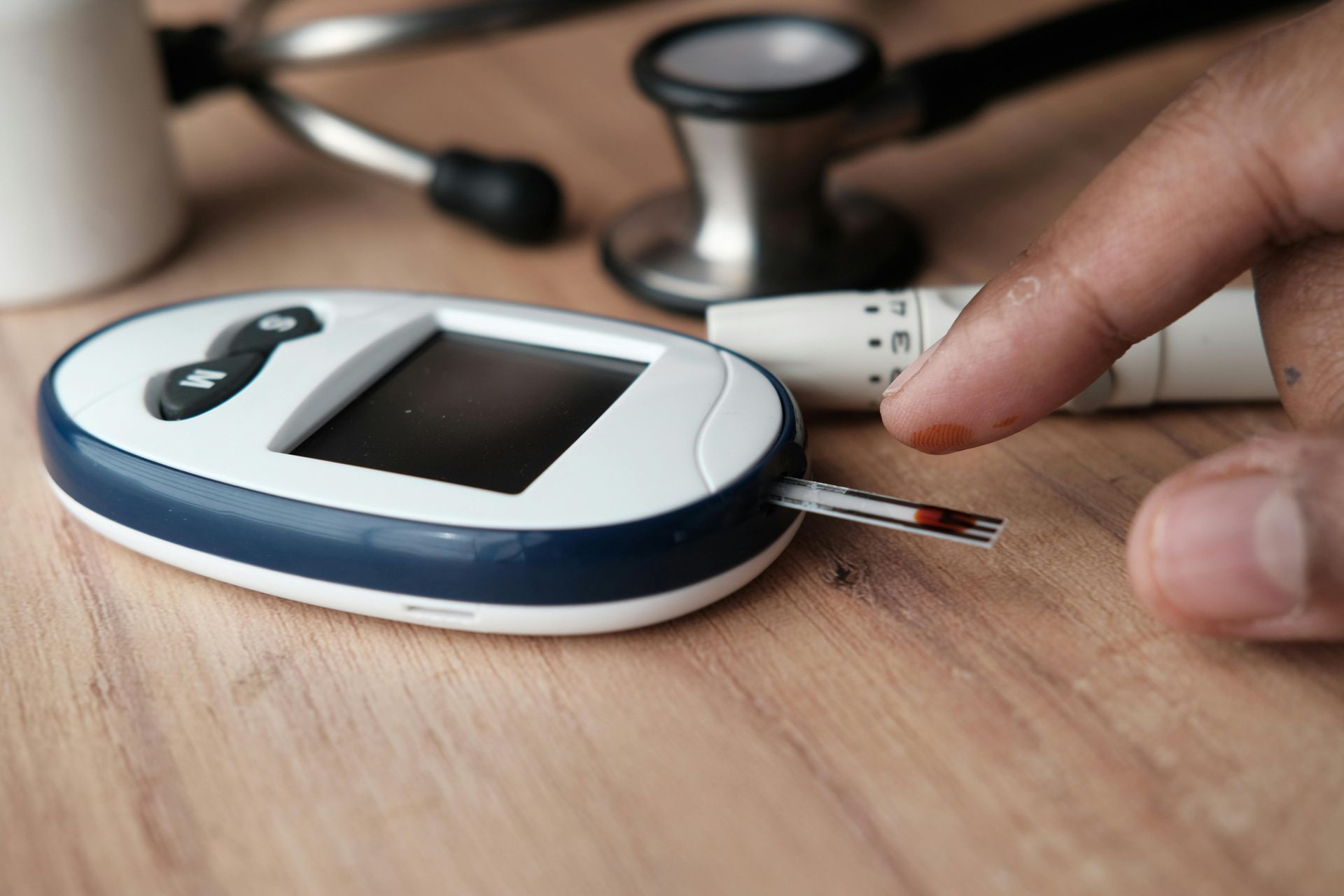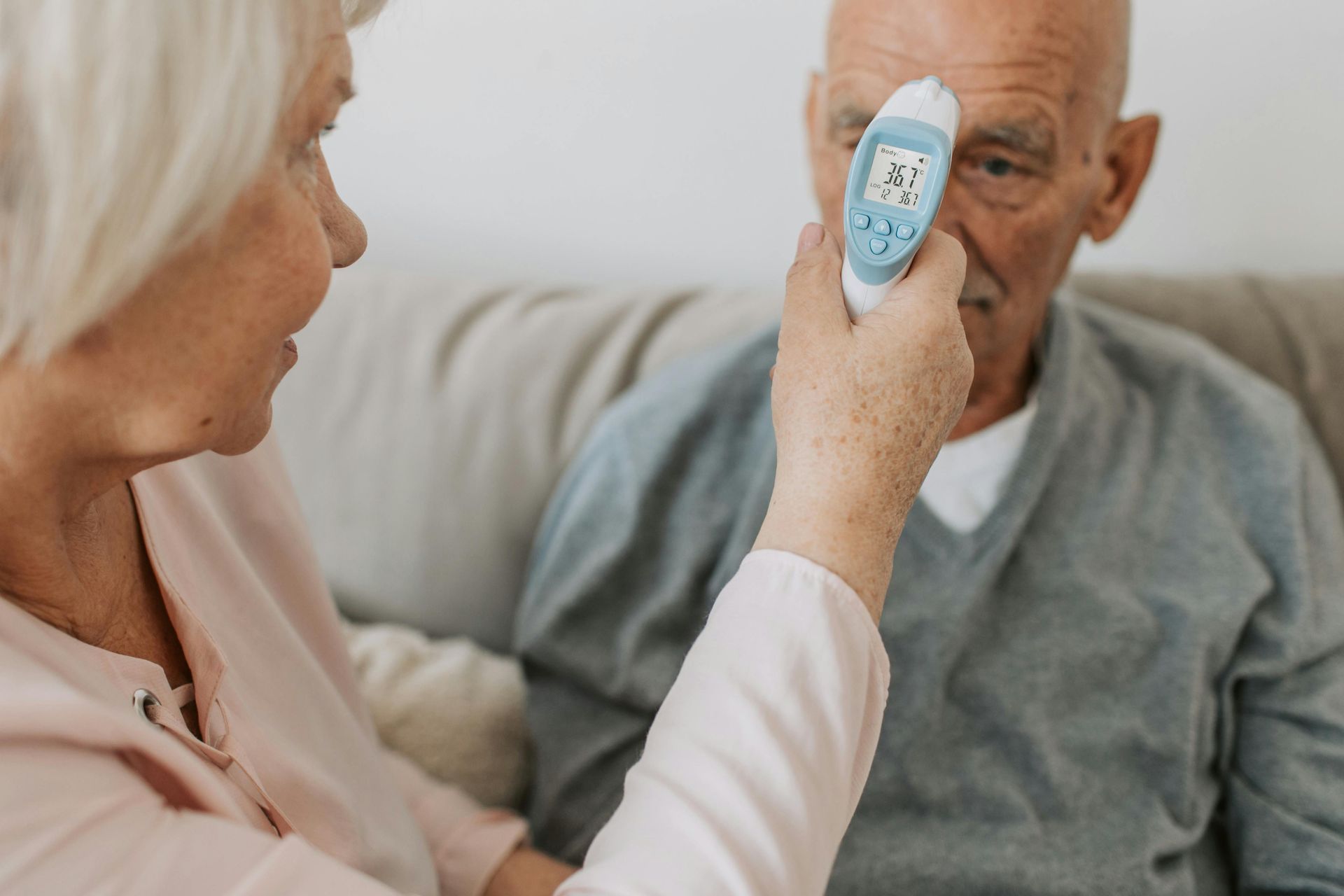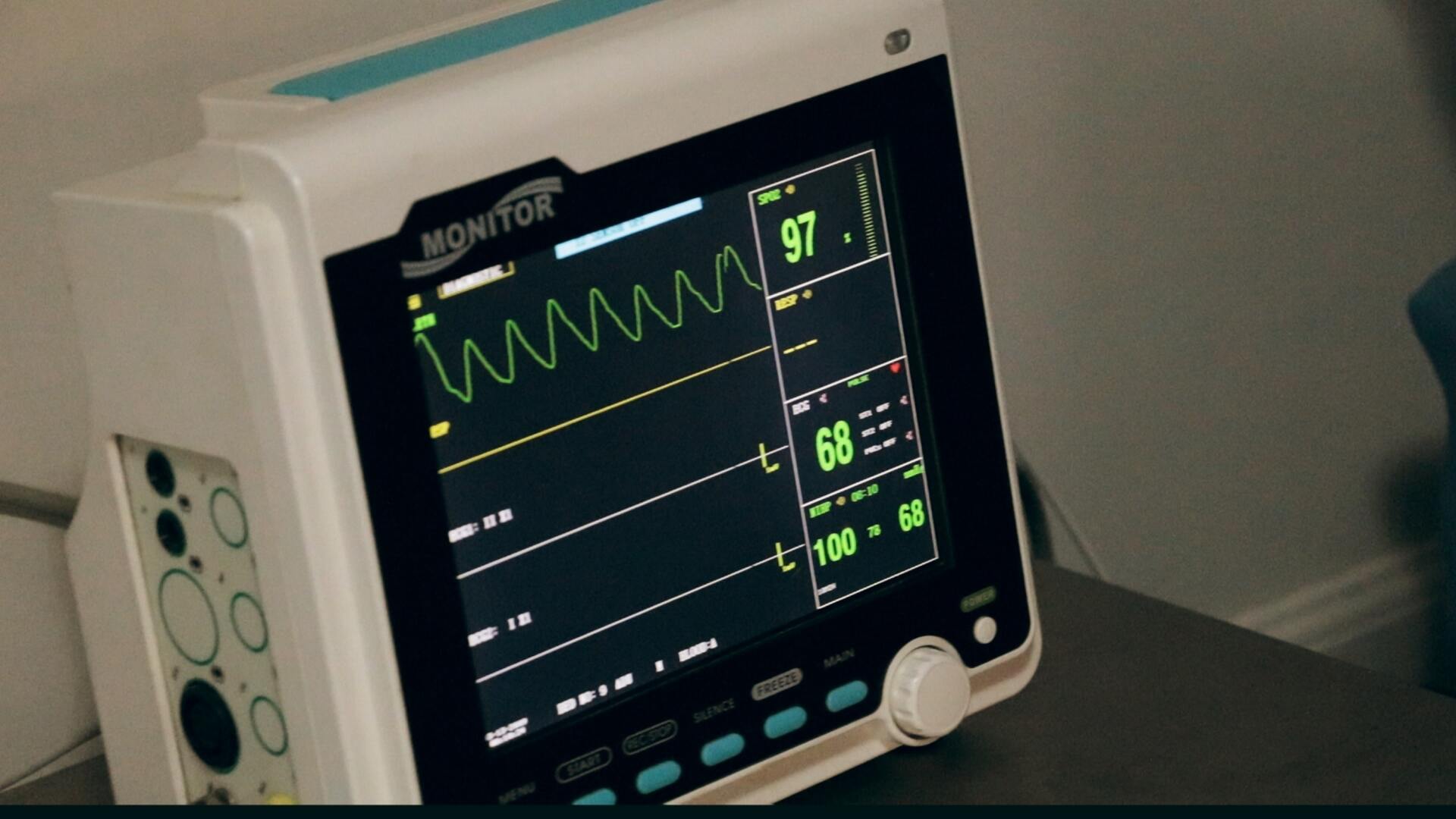Human Factors Validation in a Global Market: Meeting IEC and FDA Standards
The design and development of medical devices require more than just technological innovation. For a device to succeed globally, it must not only meet the needs of its users but also comply with stringent regulatory standards. Among the critical aspects of medical device compliance is human factors validation. Understanding and addressing human factors ensures that devices are safe, intuitive, and effective for their intended users and environments.
When targeting a global market, manufacturers must balance the requirements of multiple regulatory bodies. Two key players in this landscape are the U.S. Food and Drug Administration (FDA) and the International Electrotechnical Commission (IEC). While both aim to ensure the safety and usability of medical devices, their standards and expectations for human factors validation require careful navigation. Let's explore why this process is essential, examine the differences and overlaps between FDA and IEC standards, and discuss best practices for achieving global compliance.
Why Is Human Factors Validation Crucial?
Human factors validation focuses on ensuring that medical devices can be used safely and effectively by real-world users. It considers how individuals interact with devices and aims to reduce the risk of use errors that could compromise patient safety.
For example, if a device has a poorly designed interface or unclear instructions, the likelihood of errors increases. These errors—whether inputting incorrect settings or using the device inappropriately—can have serious or even fatal consequences.
Regulators such as the FDA and the IEC mandate human factors validation as part of the development process to address these concerns. Failure to meet their standards can result in regulatory delays, market rejections, or product recalls—setbacks that could tarnish a company’s reputation and financial future.
FDA and IEC Standards for Human Factors Validation
The FDA and IEC share a commitment to user safety, but their approaches and guidelines on human factors validation differ in important ways.
FDA Guidance
The FDA’s primary guidance is outlined in its 2016 guideline, Applying Human Factors and Usability Engineering to Medical Devices. This guidance emphasizes the evaluation of reasonably foreseeable use errors and device usability under real-world conditions. Key points include:
- Focus on Safety: The FDA prioritizes the identification and mitigation of use errors that could result in serious harm or compromised device effectiveness.
- Summative Human Factors Validation Testing: Usability validation must demonstrate that the device can be used safely and effectively by intended users in the intended environments.
- Documentation: Detailed documentation is required, including test methodologies, participant demographics, error analysis, and design modifications.
IEC Standards
On the global stage, the IEC’s 62366-1 standard, Application of Usability Engineering to Medical Devices, serves as the primary guideline. It shares many goals with the FDA’s approach but has some distinct features:
- Lifecycle Perspective: The IEC standard focuses on usability engineering throughout the device’s lifecycle, encouraging continual improvements after market release.
- Risk Management Alignment: The standard aligns closely with ISO 14971, which addresses risk management in medical devices.
- Broader Scope: While the FDA places a heavy emphasis on safety-critical issues, IEC guidelines adopt a more holistic view of usability, including user comfort and efficiency.
Overlaps and Differences
Both the FDA and IEC require rigorous usability testing, thorough documentation, and the identification of user risks. Where they differ is in the prioritization of safety versus overall usability and in the depth of focus on risk management integration.
For manufacturers, meeting one standard does not automatically satisfy the other. Devices intended for both U.S. and international markets must address the nuanced requirements of each regulatory body, which often means customizing validation protocols to ensure compliance on both fronts. However, it is generally recognized that compliance with the FDA guidance document with regard to the number of participants and test protocol will provide compliance with the IEC standard.
Best Practices for Human Factors Validation
Conducting human factors validation that satisfies both IEC and FDA standards can seem daunting. However, adopting best practices can help streamline the process and reduce regulatory hurdles.
1. Start Early
Human factors validation testing should not be an afterthought. Incorporate usability engineering from the earliest stages of device design—well before entering formal validation testing. Early formative testing with prototypes allows for iterative improvements that address usability concerns before they escalate.
2. Understand Your Users
Define your intended user groups and use environments with precision. This includes professionals like surgeons and nurses, as well as patients or caregivers who may not have medical training. Create detailed user profiles to understand the challenges, expectations, and skill levels of each group.
For example, if you’re designing a home glucose monitor, you must consider elderly users with limited dexterity and low technical proficiency. Testing the device with this demographic ensures it meets their specific needs.
3. Use Realistic Test Scenarios and Use Environments
Both standards emphasize testing under conditions that replicate actual use environments. Simulate environments and provide appropriate and relevant scenarios for users engaging with your medical device in such environments as hospital emergency rooms, outpatient clinics, or patients’ homes to observe how users interact with the device in real-world settings.
High-fidelity test environments are particularly important for the FDA, which values summative testing as evidence of safety. For IEC compliance, these scenarios also help identify usability gaps beyond immediate safety concerns.
4. Develop a Unified Testing Strategy
To satisfy both FDA and IEC requirements, create a usability testing protocol that addresses shared principles while tailoring certain elements for each guideline or standard. For instance:
- Include risk management processes to align with IEC’s ISO 14971 integration.
- Focus explicitly on safety-critical tasks to meet FDA expectations.
By combining these approaches, you avoid duplicating efforts while ensuring all requirements are met.
5. Document Everything
Thorough documentation is non-negotiable. Maintain comprehensive records of usability testing, including participant recruitment criteria, test scripts, observed use errors, and design modifications made in response to testing outcomes.
FDA documentation may prioritize safety-related outcomes, while IEC requires a broader usability engineering file. Preparing for both ensures readiness for audit and regulatory review.
6. Seek Expert Guidance
Navigating the intricacies of global standards can be overwhelming, especially for small or newly established companies. Partnering with consultants like UX Firm who specialize in human factors validation and regulatory compliance can ensure you’re covering all bases.
Final Thoughts
Human factors validation in the medical device industry is more than just a regulatory checkbox; it’s a critical step in designing products that users can trust. Balancing the requirements of both IEC and FDA requires a thoughtful approach, but the effort is well worth it.
By prioritizing usability, safety, and user needs from the start, manufacturers can achieve smoother regulatory approvals and, more importantly, deliver medical devices that make a positive impact worldwide. Whether you’re developing wearable technology, diagnostic equipment, or life-saving devices, committing to robust human factors validation sets the stage for success in a global market.
How UX Firm Can Help
Human factors validation isn’t just about ticking boxes for FDA clearance or IEC compliance—it’s a rigorous process that ensures safer, more effective medical devices. At UX Firm, we specialize in guiding teams through every step of this process, from identifying user needs to conducting usability testing and creating FDA/IEC-compliant reports.
Our hands-on expertise helps you design devices that are not only compliant but user-friendly—a winning combination for success in the medical device industry.
If you want to streamline your
human factors validation process and ensure your device meets the highest safety standards for both FDA and IEC, schedule a free consultation with UX Firm today. Together, we’ll help you bring your medical device to market with confidence.
Related Blogs

Carol Barnum
Carol brings her academic background and years of teaching and research to her work with clients to deliver the best research approaches that have proven to produce practical solutions. Carol’s many publications (6 books and more than 50 articles) have made a substantial contribution to the body of knowledge in the UX field. The 2nd edition of her award-winning handbook Usability Testing Essentials is now available.





